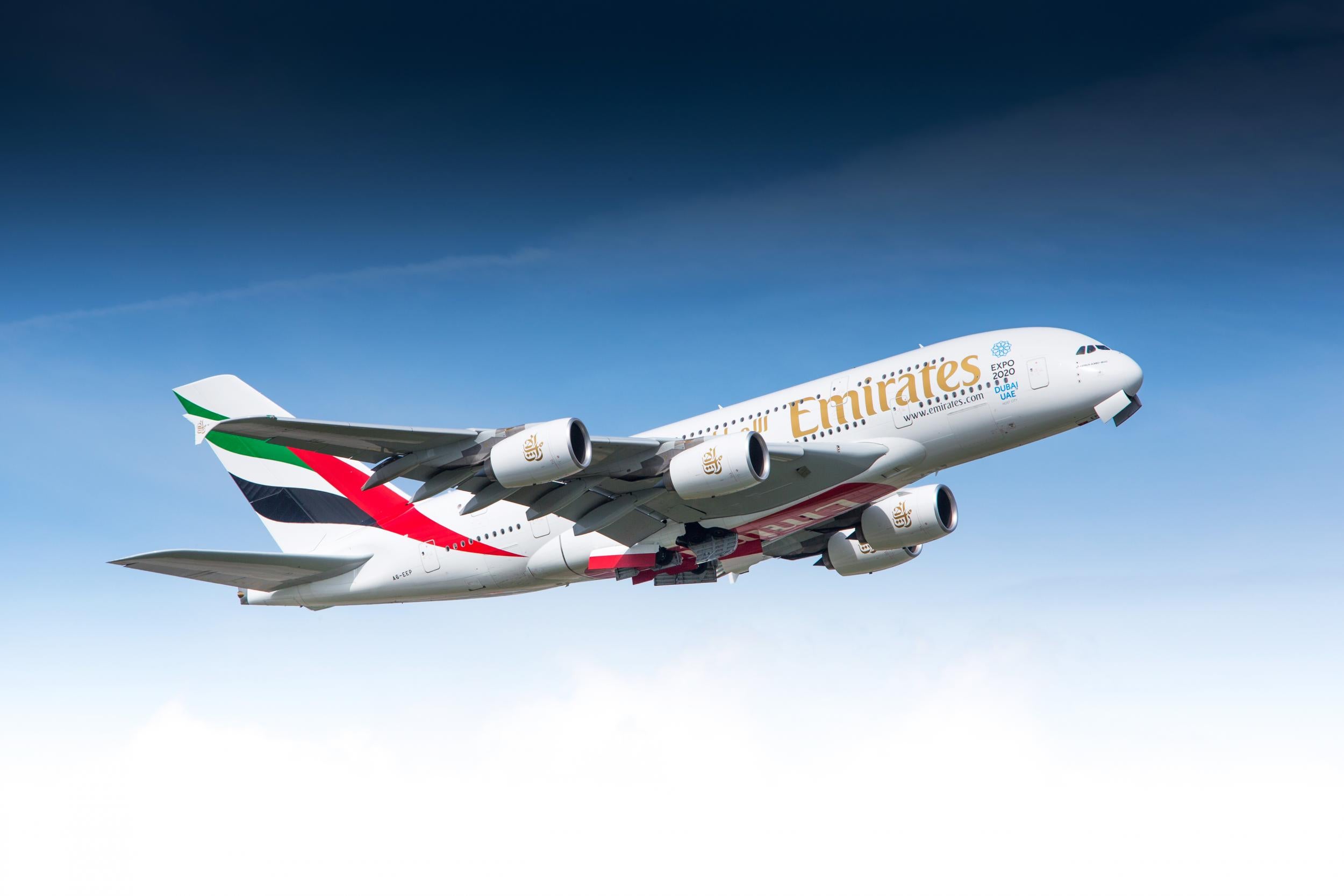Emirates Airline introduces virtual windows for first class passengers
Removing windows from aircraft makes them faster and cheaper to run

Emirates has introduced virtual windows for some first class passengers on board its latest aircraft. As The Independent reported in November, the Dubai-based airline has launched enhanced first class "suites" in some of its new Boeing 777-300ER aircraft.
While the view will not change for passengers in window seats, those in the middle suites will see images projected in from outside the plane using fibre-optic cameras.
Now the Emirates’ president, Sir Tim Clark, has speculated that the airline may move towards windowless aircraft.
Removing windows from planes makes them lighter and reduces fuel costs. There are also large cost savings on construction.
It was predicted that fuel prices will increase by 25 per cent this year at last week’s Annual General Meeting of the International Air Transport Association (IATA), so it’s no surprise that airlines are thinking of creative ways to keep costs down.
Emirates president Sir Tim Clark told the BBC that the images were “so good, it’s better than with the natural eye,” and that the eventual aim was to have planes with no windows at all.
“Imagine now a fuselage as you’re boarding with no windows, but when you get inside, there are windows.
“The aircraft are lighter, the aircraft could fly faster, they’ll burn far less fuel and fly higher,” he said.
In terms of safety, there are advantages and disadvantages of windowless planes. Without the structural weakness that windows create, the fuselage is stronger, which could increase survivability in the event of a crash landing.
But an essential precaution on any flight is that passengers in window seats can look out and see what’s going on; that is why the cabin lights are dimmed for take off and landing, and the cabin crew ensure the window blinds are all open. The idea is that passengers can see what hazards there may be outside, so that if an engine on one side is on fire they can evacuate from the other.
The European Aviation Safety Agency, which is responsible for civil aviation safety, said: “We do not see any specific challenge that could not be overcome to ensure a level of safety equivalent to the one of an aircraft fitted with cabin windows.”
Subscribe to Independent Premium to bookmark this article
Want to bookmark your favourite articles and stories to read or reference later? Start your Independent Premium subscription today.

Join our commenting forum
Join thought-provoking conversations, follow other Independent readers and see their replies